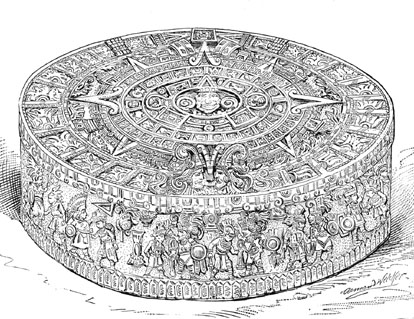

 | Page 137 |  |
interest in the antiquity of human beings, his classification of the Stone Age into Paleolithic (old Stone Age) and Neolithic (new Stone Age), and his firm belief that the purpose of archaeology (and anthropology) was to demonstrate the essential unity of human beings did much to establish the public face of prehistoric archaeology as a legitimate scientific pursuit. This work bore fruit in 1882 when, as a member of Parliament for the University of London, Lubbock’s long years of advocacy paid off with the passage of the first Ancient Monuments Protection Act, a measure designed to preserve the physical remains of the prehistory of Britain.
After the passage of this Act, Lubbock’s fascination with prehistoric archaeology had to compete more directly with his other research in natural history, but he continued to serve as a senior member of the core anthropological and archaeological societies in Britain and to carry on a voluminous correspondence with scholars from all over the world. Lubbock’s advocacy of the three-age system was instrumental in its acceptance in England, but subsequent research indicates that his translation of Swedish archaeologist sven nilsson’s The Primitive Inhabitants of Scandinavia (1868) stressed an evolutionary message that was somewhat at odds with the original text. There is no modern biography of Lubbock.
See also
Britain, Prehistoric Archaeology
“Aztecs” is the name popularly used today to label the people of central mexico that Hernán Cortés conquered in 1521. Actually, “the Aztecs” never used the term to describe themselves; rather, they were Nahuatl-speaking peoples divided into about twenty different ethnic groups. The most famous of these groups, and the preeminent one when the Spaniards arrived in Mexico, were the Mexica, whose capital was tenochtitlán.

An Aztec calendar stone
(North Wind Picture Archives)
 |  |